What do you fill your champagne glasses with? Not all that sparkles is champagne. Sparkling wine needs to be made in the Champagne region of France to be called by that name. But don’t bother pointing that out to Prosecco, named for a region of Italy, and Cava, a Spanish sparkling wine, who are both are carving out their market share of the wine market. According to a sales forecast by alcoholic beverage numbers crunchers the IWSR, sparkling wines overall will up their sales by over 8% by 2020. Prosecco is definitely the up and comer of the sparkling wines, projected to increase in sales by 36% in the next five years while Cava stays stable and champagne grows by about 1%.
Regions and advocates aside, these wines share a few serving methods in common. You can shake and spray them on friends as part of a celebration. You can drink them straight from the bottle. And you can drink them from a glass designed for sparkling wines. The first two are fairly self explanatory. But if you decide to serve your bubbles in a glass, what style glass to choose deserves a little more thought.
Champagne Coupes
Legend has it that coupe glass with its wide bowl that tapers to the stem was first molded from a part of Marie Antoinette’s upper female anatomy. That is an apocryphal tale, according to HuffPost, with the champagne coupe predating Marie. (She did have a milk bowl modeled on her anatomy.)
The coupe is the vintage classic. Hold one in your hand and you feel like you’re at the party in All About Eve and Bette Davis just told you all to fasten your seatbelts. Bowl shapes range from gently tapering to the stem or straight sided with a flat bottom and everything in between. The hollow stemmed champagne coupe (like the one in the Cook’s ad) puts the tiny bubbles rising all the way from the foot on pretty display. Etched bowls, especially those from the early part of the 20th century, are especially elegant.
Coupes have to flaws. They are slosh prone. And according to people who know such things, they don’t control the bubbles and they don’t concentrate the bouquet.
But they do have their advantages. You can stack them into a champagne fountain. And they can double as dessert and/or appetizer glasses.
Champagne coupes. Libbey Georgian coupes from ParisAveVintage on Etsy, $40. 1930s H C Frye tawny/opalescent white coupes from HollyCreekVintage on Etsy, $65. Champagne coupes with satin cut stars from OscarBond on Etsy, $125.
Champagne Flutes
Tall and slender with a willowy stem, the flute provides optimum bubble viewing and a nice concentration of the wine’s aroma. In the 1980s, when champagne become much less a special occasions-only tipple, flutes rose in popularity. Taste and appearance aside, perhaps the real reasons they dethroned the coupe as glass of choice are based in practicality. They take up less space in the glass cabinet and they are much harder to spill. Mopping champers off your floor loses it’s charm when you’re doing it on a more regular basis.
Champagne flutes. Hand blown champagne flutes from RusticDesignDetails on Etsy, $48.95. Libbey Black Amethyst flutes from LiminalGallery on Etsy, $80. Marquis by Waterford flutes from BlackRhinoVintage on Etsy, $74.
The Next Champagne Glass?
According to Anne Krebiehl writing for The Decanter digital magazine, many experts are abandoning the flute in favor of a something closer to a white wine glass shape and even stemless tumblers. The slowly growing movement to abolish the champagne flute will certainly be something to watch. Which shape will we remember from the early 2000s? In 30 years, will vintage lovers be seeking out flutes to relive their earlier champagne memories?
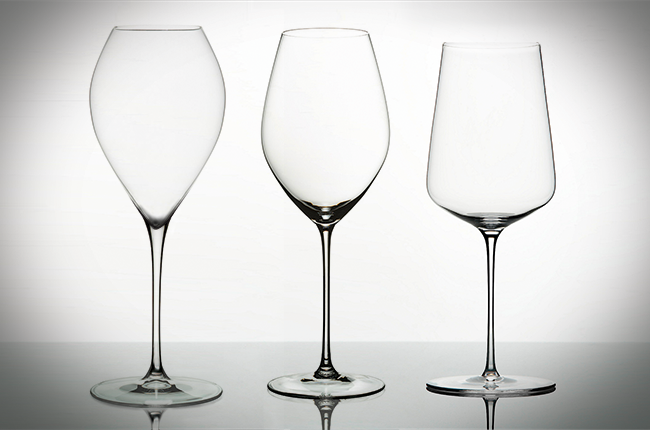
From Decanter.com. Left to right: Jamesse Grand Champagne glass; Riedel Veritas Champagne Wine glass; Zalto Dank’Art Universal glass

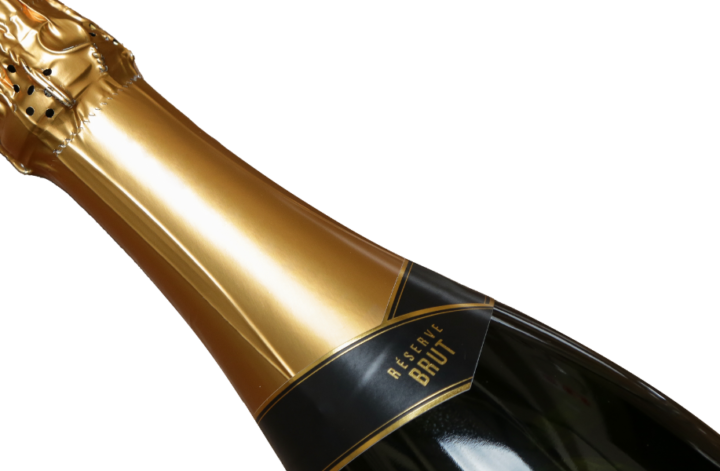
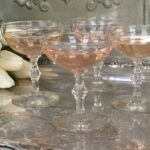
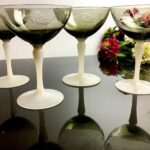
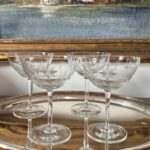
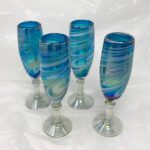
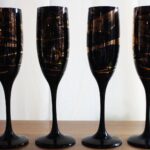
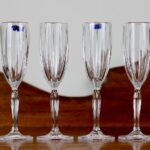

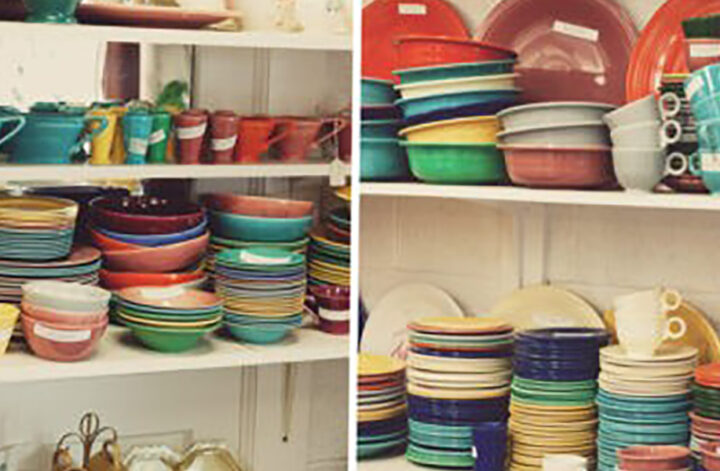
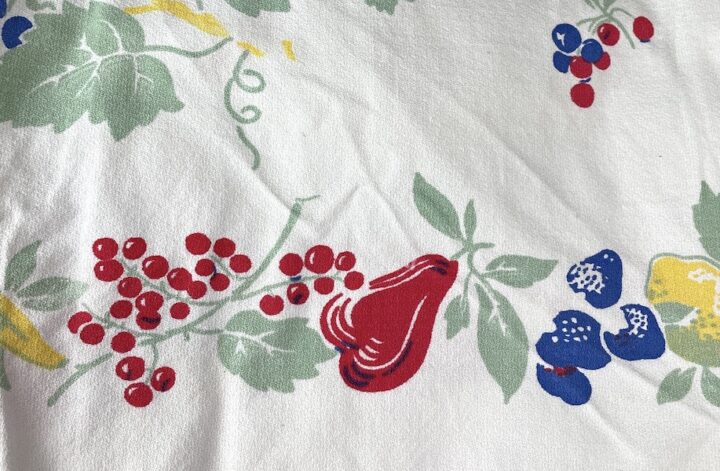
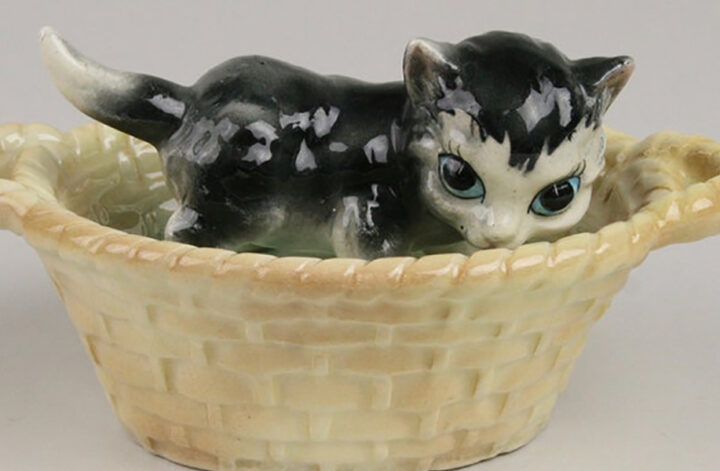
1 comment
Ah, I learned something new! I favor the coupe, for the vintage feel – oh so glamorous!